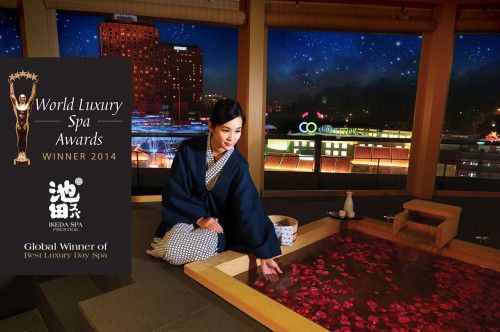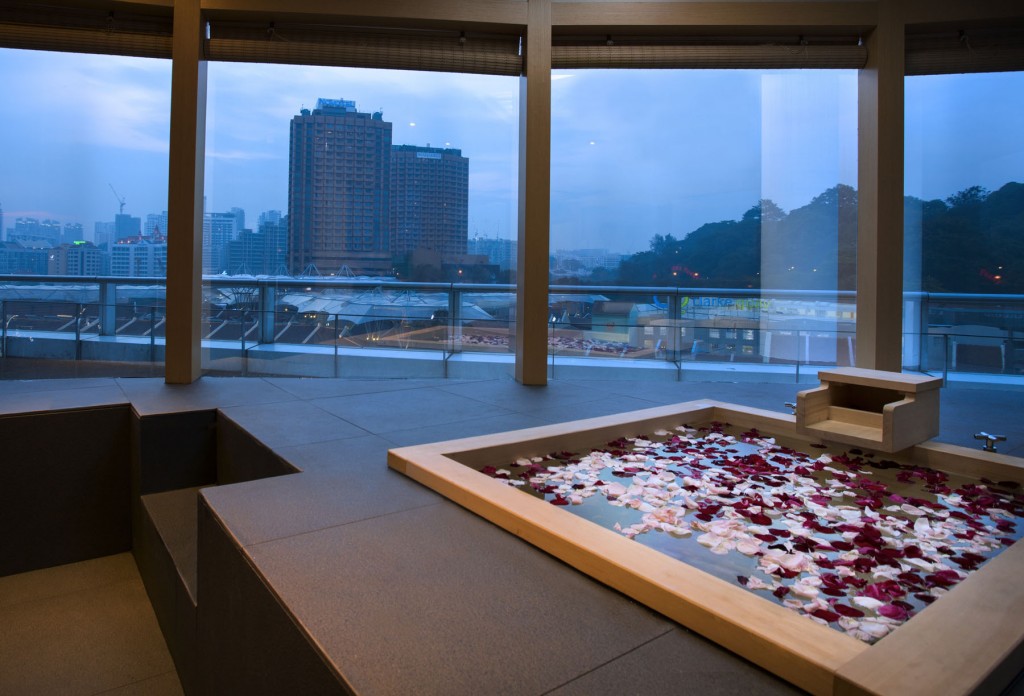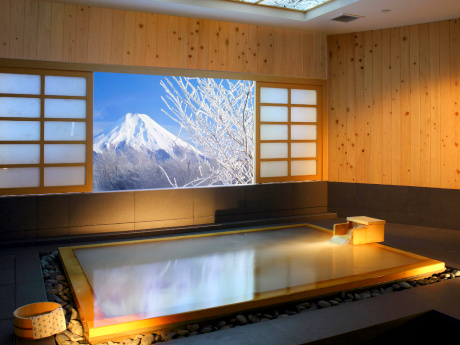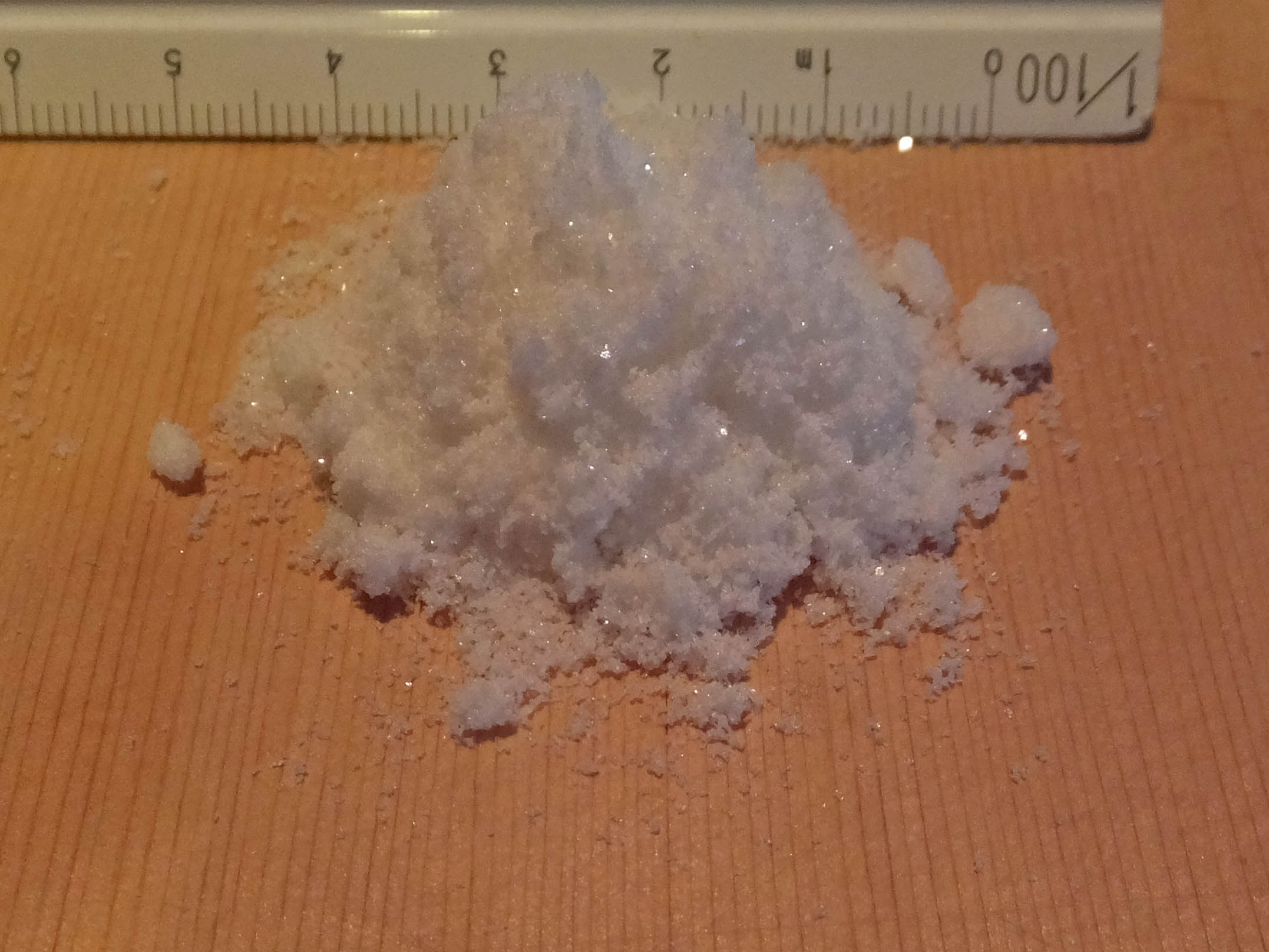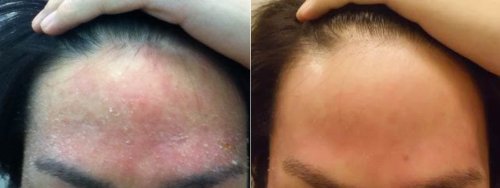thoughtful ofuro for australia
This client contacted us 2 years ago. He was concerned about wood imports to australia and he wanted to visit our warehouse on his next business trip to japan.
In the past he lived in japan so his japanese is very fluent and much more proper than mine, despite I have been here for 16 years now…
Anyway he come with his wife and saw the ofuros and the material live.
Than, as planned precisely 21 months after, as planned they mailed their order confirmation. What is more satisfactory than seeing every piece fitting in thoroughly conceived plan?
material: Knotless Hinoki cypress wood
L1300mm x W800mm x H630mm (ext. dim.) 550mm(deep)
copper apron, wooden dowels. Iron brand at front top-right
option: over flow top cut
accessories include:
* Hinoki wood traditional cover 820x217x18 (6pcs)
* Asnaro wood stool (330x220x300H)
* Sawara wood small bucket (170D 300H)
* Sawara wood large bucket(230D 120H)
* Asnaro wood soap box (175x115x48H)
A note for australians: yes, the customs are quite picky with the crate specs and required documentation about the wood used for the tub.
Anyway our forwarder knows their job and we provide the necessary paperwork so you do not have to worry about it.












